
Forklift Brake - A brake drum is where the friction is supplied by the brake shoes or brake pads. The shoes or pads press up against the rotating brake drum. There are some other brake drums kinds along with particular specific differences. A "break drum" would normally refer to if either pads or shoes press onto the inner exterior of the drum. A "clasp brake" is the term used in order to describe if shoes press next to the exterior of the drum. Another type of brake, called a "band brake" uses a flexible belt or band to wrap around the outside of the drum. Whenever the drum is pinched in between two shoes, it could be called a "pinch brake drum." Like a standard disc brake, these kinds of brakes are somewhat rare.
Old brake drums, prior to the year 1995, needed to be constantly modified so as to compensate for wear of the drum and shoe. "Low pedal" could result if the required modifications are not done satisfactorily. The vehicle can become dangerous and the brakes could become useless whenever low pedal is combined with brake fade.
There are some different Self-Adjusting systems designed for braking existing these days. They could be classed into two separate categories, the RAD and RAI. RAI systems are built-in systems that help the device recover from overheating. The most popular RAI makers are Lucas, Bosch, AP and Bendix. The most famous RAD systems comprise Bendix, Ford recovery systems, Volkswagen, VAG and AP.
Self-adjusting brakes usually utilize a tool which engages just whenever the vehicle is being stopped from reverse motion. This stopping method is acceptable for use where all wheels make use of brake drums. Most vehicles these days make use of disc brakes on the front wheels. By functioning only in reverse it is less likely that the brakes would be applied while hot and the brake drums are expanded. If adapted while hot, "dragging brakes" could happen, which raises fuel intake and accelerates wear. A ratchet device that becomes engaged as the hand brake is set is one more way the self adjusting brakes can function. This means is only appropriate in applications where rear brake drums are used. If the parking or emergency brake actuator lever goes over a particular amount of travel, the ratchet improvements an adjuster screw and the brake shoes move in the direction of the drum.
Situated at the bottom of the drum sits the manual adjustment knob. It can be adjusted making use of the hole on the opposite side of the wheel. You will have to go beneath the vehicle using a flathead screwdriver. It is extremely essential to be able to adjust every wheel evenly and to be able to move the click wheel correctly in view of the fact that an uneven adjustment can pull the vehicle one side during heavy braking. The most effective way so as to ensure this tiresome task is completed safely is to either raise every wheel off the ground and spin it by hand while measuring how much force it takes and feeling if the shoes are dragging, or give everyeach and every one the same amount of manual clicks and then perform a road test.
![]() Click to Download the pdf
Click to Download the pdf
Forklift Parts
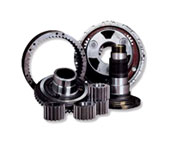
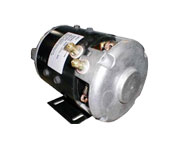

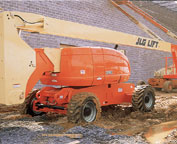

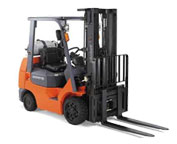

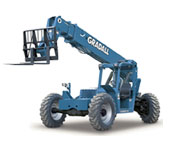
Lift Parts Express
TOLL FREE: 1-888-695-7994
forkliftpartsnewfoundland.com
Email Us
About Us



